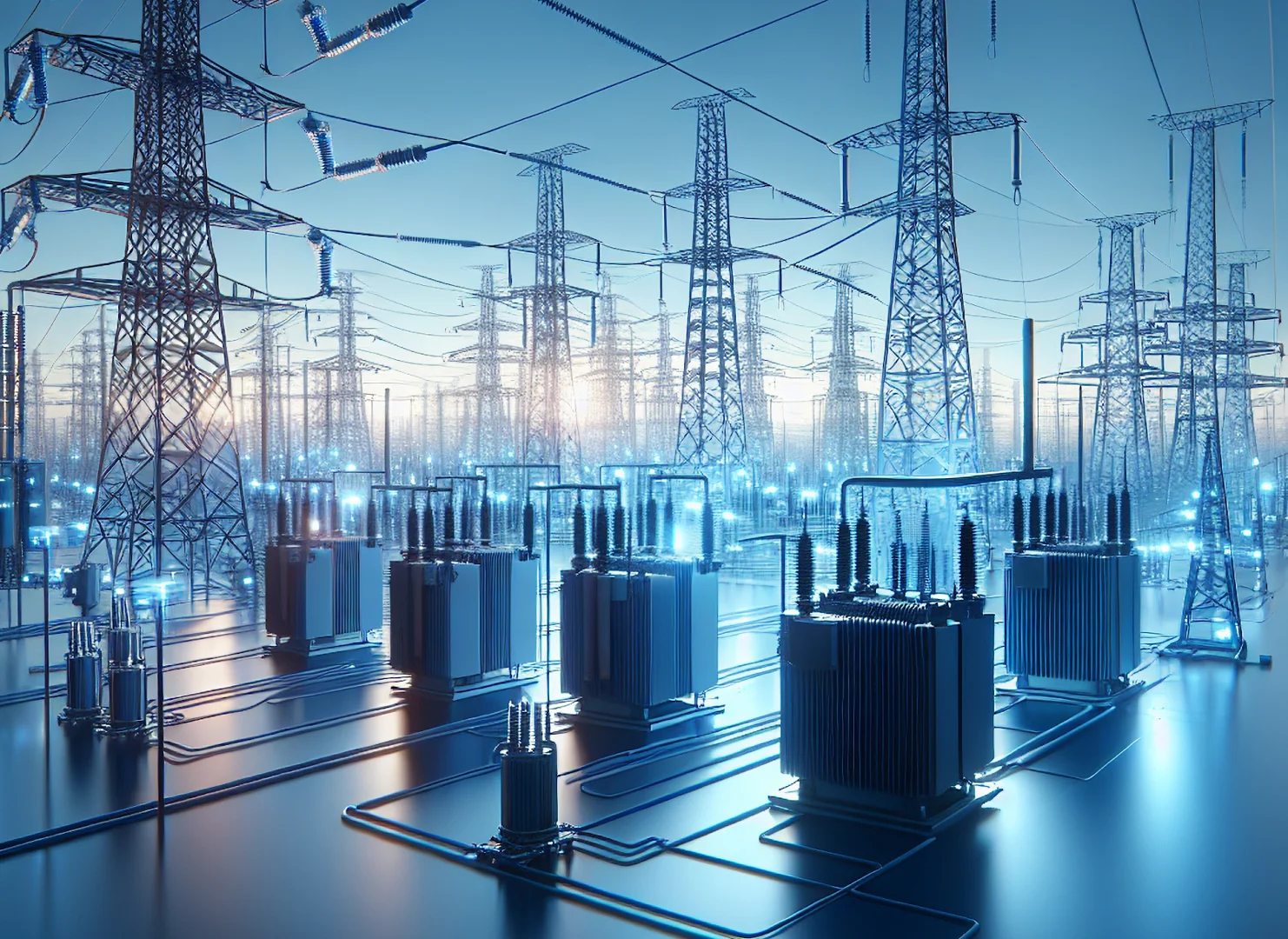Microgrids: The Future of Local Energy Solutions
The energy world is rapidly evolving from large, centralized grids to more localized and independent solutions. At the center of this evolution are microgrids. But what exactly are microgrids, and why are they considered one of the most exciting innovations in the future of energy systems?
Microgrids are independent energy networks designed to meet the energy needs of specific areas. Powered by local energy generation and storage systems, such as solar, wind, or battery storage, these systems can operate autonomously from the main grid. While connected to the larger grid, microgrids can continue functioning independently during power outages or emergencies, making them appealing for both energy security and sustainability.
 Why Are Microgrids Important?
Why Are Microgrids Important?
In today's world, increasing energy demand and the urgent need to combat climate change have made the transition to renewable energy sources more critical than ever. Microgrids play a pivotal role in this transition by providing reliable power in cities, rural areas, military bases, and even disaster zones. When the main grid goes offline, microgrids ensure that essential services, such as hospitals, water treatment plants, and other critical infrastructures, remain powered.
Moreover, by producing energy locally, microgrids reduce transmission losses, leading to more efficient energy management. This not only cuts energy costs but also lessens the environmental impact. Fewer transmission losses mean fewer carbon emissions, making microgrids a sustainable energy solution.
The Role of Transformers in Microgrids
Transformers are essential in the functioning of microgrids. These smaller energy systems rely on transformers to provide flexibility. Transformers not only integrate various energy sources (like solar and wind) into the grid but also ensure the system's safety and efficiency. Within microgrids, transformers optimize energy storage and distribution, allowing these grids to operate smoothly and sustainably.
The Future of Microgrids
As interest in renewable energy grows, microgrids will increasingly become a more significant part of the energy infrastructure. Many cities are beginning to integrate microgrids into their smart city initiatives, signaling the widespread adoption of this technology. Additionally, microgrids' ability to provide rapid energy deployment in disaster-stricken areas and reduce energy costs is paving the way for a transformation in the energy sector.
The future of energy systems lies in more sustainable, flexible, and localized solutions, and microgrids are the key to this shift. In this transformation, transformers will undoubtedly remain a vital component, ensuring that energy infrastructure operates safely and efficiently.
















